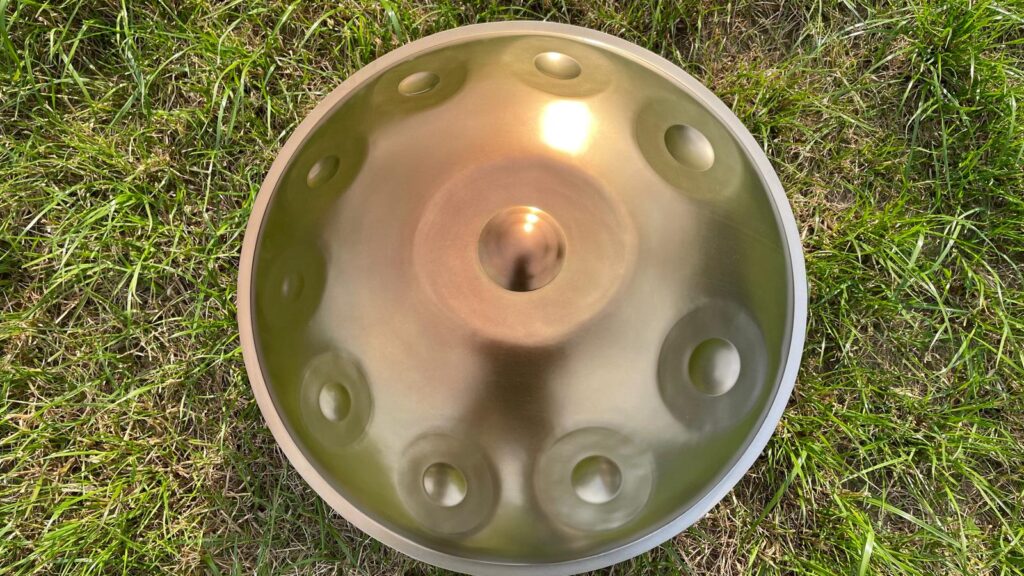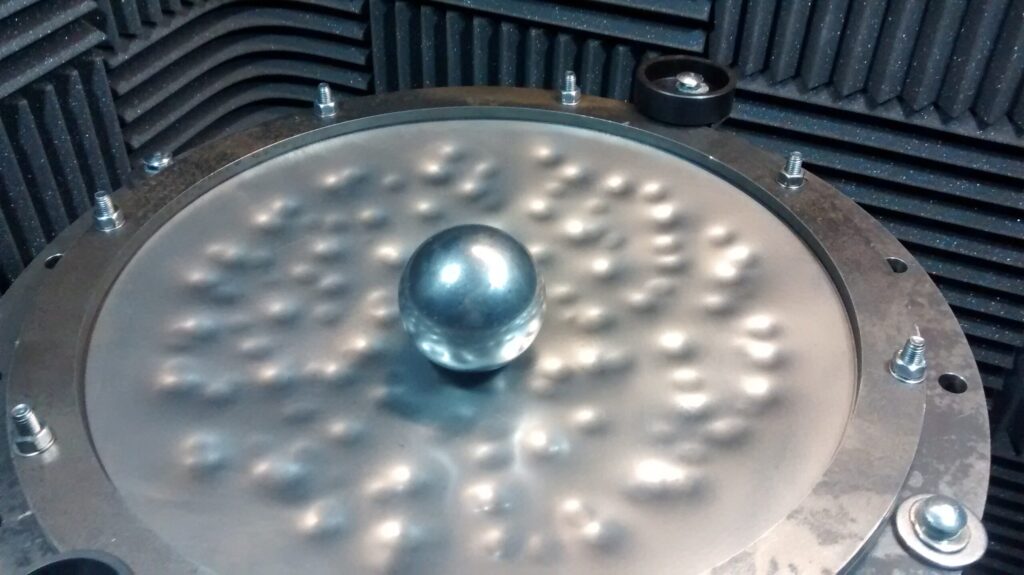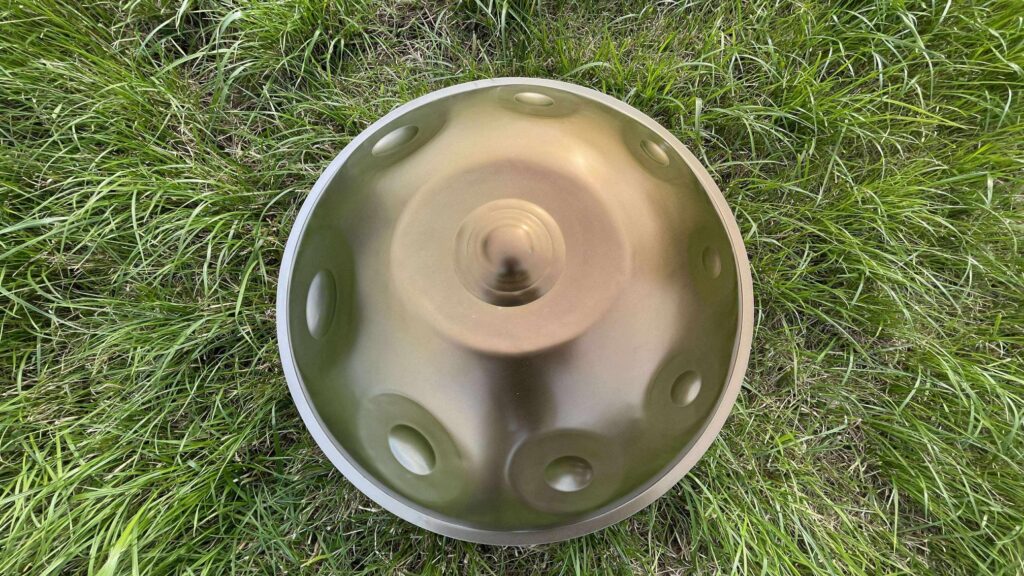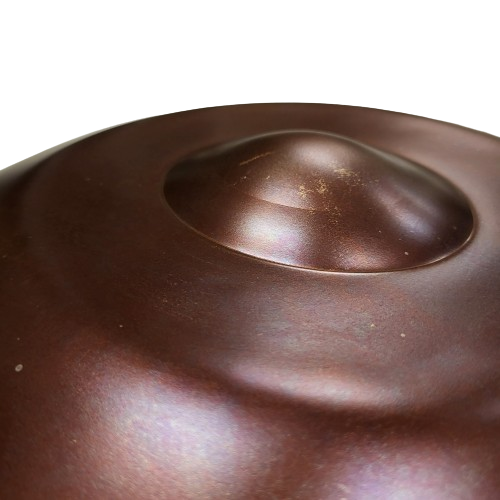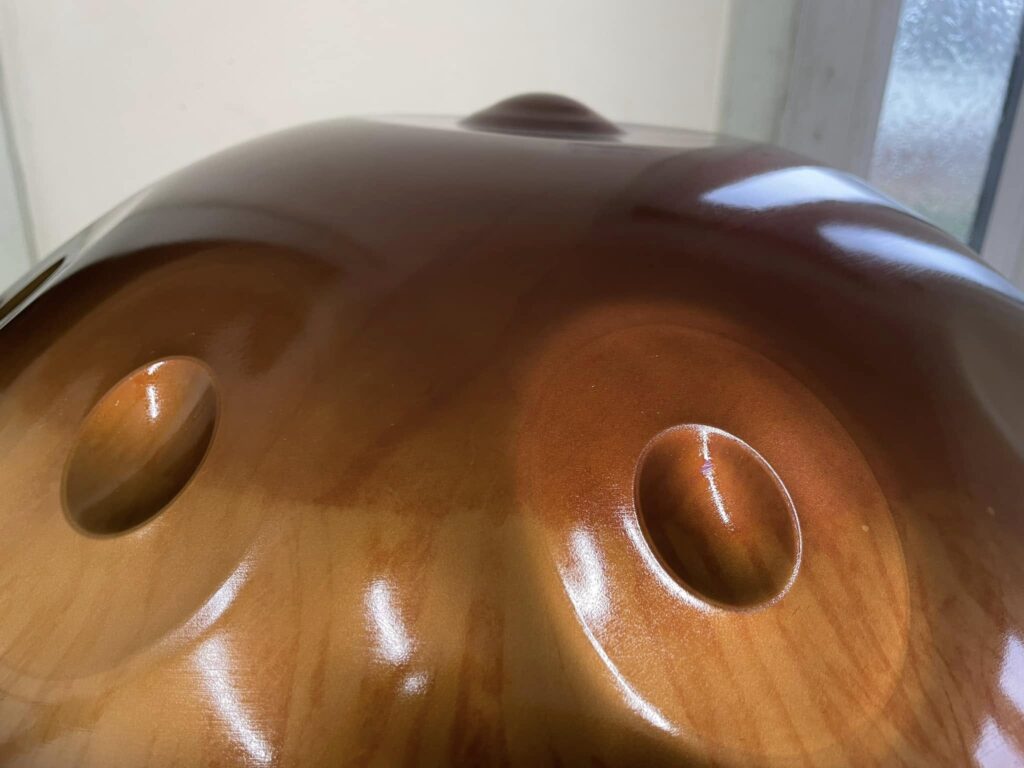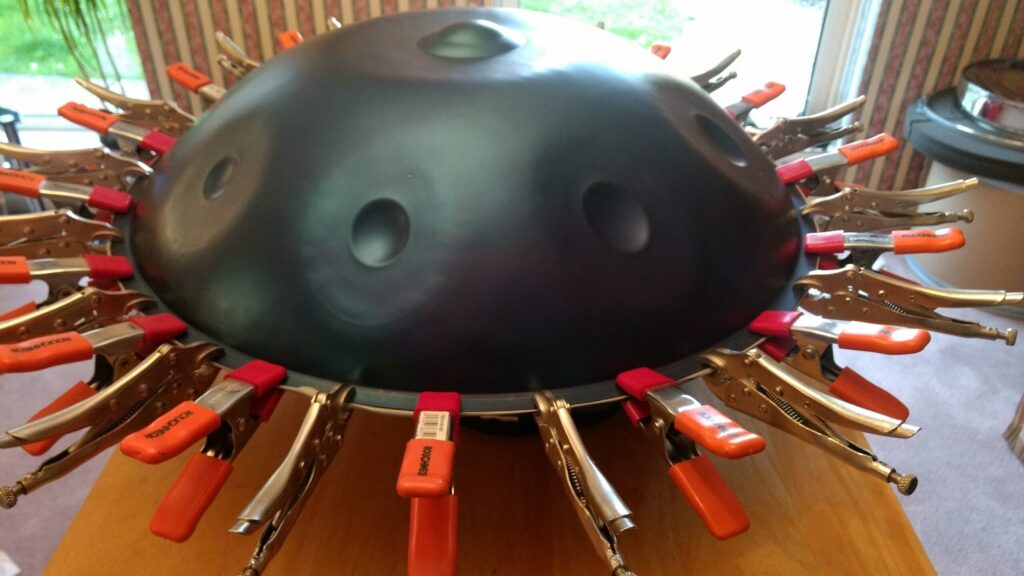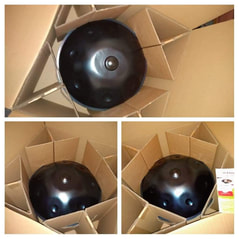
Shipping, Packaging, Insurance & Returns
Shipping, Packaging, Insurance & Returns At PanStream, we put great care into ensuring that your HandPan arrives safe, secure, and ready to play. Below you’ll find all the important details about our shipping process, insurance coverage, and returns policy. Free Shipping to UK Mainland & EU We are happy to offer free shipping across the UK Mainland and the EU. For customers outside these regions, please contact us for a custom shipping quote. Please note: Customers outside UK may be required to pay local customs charges. These fees are the responsibility of the customer, and we recommend checking with your local customs office before placing your order. How We Pack Your HandPan Each PanStream instrument is carefully suspended in a double cardboard box, providing maximum protection during transit. All shipments are fully tracked and insured. We only issue legit invoices to ensure smooth customs clearance and valid insurance coverage. We do not stock HandPan cases at the moment, but you are welcome to: Send us your own case, or Order a case (we recommend Hardcase Technologies – Evatek Medium) and have it delivered directly to us before shipping. Shipping Process Once your payment has cleared and your instrument is ready to ship, we will book a courier and email you with your tracking number. Please double-check your delivery address and contact details, as PanStream cannot be held responsible for delays or losses due to incorrect information. Upon delivery: Inspect the box carefully before signing for it. If you see damage, take photos immediately. Open the box and examine the instrument thoroughly. Do not dispose of the box until you are completely satisfied. We recommend keeping the box for future use (e.g., tuning or service returns). Shipping Damage If your instrument arrives damaged: Notify us immediately. All claims must be reported within 14 days of delivery (including the delivery date). Keep the original packaging and the damaged instrument at the delivery address for courier inspection. Provide us with clear photographs of the packaging and the damaged item(s). Couriers also require a copy of our invoice as proof of value to process claims. Please note: Claims cannot be processed without sufficient evidence or compliance with these requirements. Free Shipping to UK Mainland & EU We offer free shipping across the UK Mainland and EU. For deliveries outside these areas, please contact us for a custom shipping quote. Please note: EU customers may be required to pay local customs charges. These fees are the responsibility of the customer, and we advise checking with your local customs office before placing your order. Secure & Insured Shipping Your HandPan will be shipped using tracked and insured courier services. We only use legit invoices, and every shipment is fully covered for peace of mind. Instruments are packed suspended inside a double cardboard box to protect against impact during transit. While we don’t stock instrument cases at the moment, you are welcome to send your own case to us, or order a case and have it delivered directly to us before shipping your instrument. We recommend Hardcase Technologies – Evatek Medium cases for the best protection. Process Once your HandPan is ready for dispatch and the courier is booked, you’ll receive an email with your tracking number. Please double-check your shipping address and contact details before confirmation. On arrival, inspect the box carefully before signing for delivery. If there is visible damage to the box, take photos immediately. Unpack the instrument as soon as possible and check it thoroughly. Keep the box until you are 100% satisfied with your order. Also it may be useful for future tuning shipments. In Case of Damage If your instrument arrives damaged: Report it to us immediately – all courier damage claims must be made within 14 days of delivery (including the delivery date). Keep the packaging and instrument at the delivery address for courier inspection. Send us photographs of the packaging and damaged item to help resolve the claim. Please note: couriers require a copy of our invoice as proof of value to process claims. Returns & Refunds Each PanStream HandPan is handcrafted and carefully tested before dispatch. However, if you are not satisfied with your order, you may request a return within 14 days of receiving it. To qualify for a return: The instrument must be unused, in its original condition, and returned in the original packaging. Return shipping and insurance costs are the responsibility of the customer (unless the item is faulty or damaged in transit). Once we receive and inspect the instrument, we will confirm your refund status. Approved refunds will be processed to your original payment method within 7 days. Please note: We reserve the right to refuse returns that do not meet these conditions. All Posts PanStream Back HandPan Shipping & Packing Read More The D Kurd HandPan – A Timeless Favourite for Players of All Levels Read More Hand-Hammered vs Air-Hammered HandPans Read More Load More End of Content.
